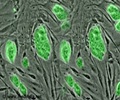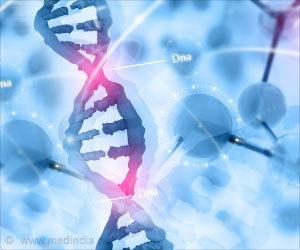It is well-known that animals remake their hair and feathers regularly by normal regenerative physiological processes.

The authors, including Cheng-Ming Chuong, Randall B. Widelitz, Ping Wu, and Ting-Xin Jiang of the University of Southern California, and Valerie A. Randall of the University of Bradford, focus on how extrafollicular environments can regulate hair and feather stem cell activities and how different configurations of stem cells can shape organ forms in different body regions to fulfill changing physiological needs.
The review outlines previous research on the role of normal regeneration of hair and feathers throughout the lifespan of various birds and mammals.
The researchers include what is currently known about the mechanism behind this re-growth, as well as what gaps still exist in the knowledge base and remain ripe for future research.
The review examines dozens of papers on normal "physiological regeneration"-the re-growth that happens over the course of an animal's life and not in response to an injury.
This regeneration takes place to accommodate different stages in an animal's life (e.g., replacing downy chick feathers with an adult chicken's, or replacing the fine facial hair of a young boy with the budding beard of an adolescent), or in response to various environmental conditions (e.g., cats shedding a thick winter coat in the summer heat but re-growing it when the seasons change again, or snowshoe hares switching from brown in the summer to white in the winter for camouflage).
Advertisement
Stem cells inside the follicle prompt hair and feather regeneration, but researchers are still unsure how to guide those cells to form the shape, size, and orientation of these "skin appendages" so that controlled re-growth is possible.
Advertisement
The reviewed studies suggest that while researchers are making headway in understanding how and why hair and feathers regenerate after normal loss or in response to different life stages, much still remains unknown.
This missing knowledge could hold valuable clues to learning how to regenerate much more complicated and valuable structures after loss to injury, such as fingers and toes.
"Using the episodic regeneration of skin appendages as a clear readout, we have the opportunity to understand and modulate the behavior or adult stem cells and organ regeneration at a level heretofore unknown," the authors said.
The study appears in the journal Physiology, published by the American Physiological Society.
Source-ANI










